
Myrlie Evers-Williams ’68 in the library as a Pomona College student in the 1960s. “That’s where I began to grow again. To live again. Here on this campus,” she says.
Being around Myrlie Evers-Williams is nothing like being in a hurricane. Yet she can take a room by storm, and the strength of her will is easily on par with any force of nature. The problem with most of the metaphors we commonly use to describe people who have profoundly shaped the world around us is that they evoke the power of destruction. Moving mountains. Unleashing the power of a whirlwind. Standing in the eye of the storm. Fierce. Iron-willed. And indeed, when you see Evers-Williams in her full, proud, public persona, she is like fire: burning with a passion for life and justice that raises both fear and wonder.
Five years ago this spring, Professor Lorn Foster interviewed Evers-Williams side by side with the Rev. James Lawson. It was Lawson who tutored the Rev. Martin Luther King Jr. in Mohandas Gandhi’s principles of nonviolent resistance, helping to change our world for the better, forever. Forever is a word laden with hubris, but I, too, believe that the long arc of the universe bends toward justice, and the U.S. civil rights movement wove the warp and woof of destiny to bring us closer to justice for us all.
Watching Evers-Williams alongside Lawson was like watching fire and ice. Lawson spoke softly, invoking Gandhi, Jesus and Buddha as he explained why the road to justice and the road to peace unfolded side by side. Change, in his words, flowed as inexorably as a glacier, scouring the landscape clean and remaking the world in its path. In every word Evers-Williams spoke, however, I heard not the cool voice of peace, but the still-hot pain of murder, violence and injustice. I saw the aftermath of wounds to the soul. How could anyone have survived that pain with neither bowed head nor bruised conscience? How could she step forward with love, as she has done for more than half a century?
Myrlie Evers-Williams’ story holds that secret, a secret of which Pomona College is part. She and I sat down one day soon after the College reopened after COVID—the warmth of her smile a balm to the soul. She had taken a walk about campus, pausing to sit with her son James, shaded by the trees of Stover Walk. Walking for her is not easy anymore. She shared with me the urgency she felt; she wanted to make sure that her archival legacy was secure at Pomona, and she was starting to feel weary. “I’m tired, Gabi. I’m tired.” She let me call her Mother Myrlie and said, “I came on this campus, and I knew. I sat today and I felt the strength of this ground well up in me, pouring up through my feet.” Pomona, she told me, was the first place she felt safe after Medgar died.
What a privilege it is to hold in trust her riches—to steward them, to hold them safe for generations of humankind to come. By preserving her archive, with its reams of yellow foolscap written in her hand, moved by her intelligence, marked by her tears (and so much more), Pomona holds in trust great strength. For all those who step on this campus, I hope you too can feel strength swelling from this ground, and find your way forward in a world so much in need of the fires of love, the balm of peace and the guiding force of justice. I hope you too will move the great shuttle of the loom, crafting a world each of us mends a little more and a little more, weaving threads of strength, wisdom, hope and beauty, even when everything seems poised to unravel in our hands. Mother Myrlie is not a force of nature. She is human, strength and fragility side by side, and love, always, always love.
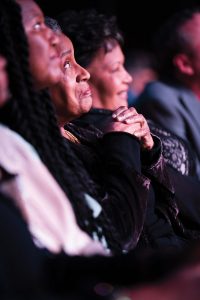
Myrlie Evers-Williams ’68, hands clasped, listens during the 90th birthday gala honoring her legacy in March in Bridges Auditorium.
Earlier this year, Myrlie Evers-Williams ’68 donated her archival collection of papers and other memorabilia to Pomona College, where she arrived to begin a new life as a student and young widow with three children a year after the 1963 assassination of her husband, civil rights leader Medgar Evers. She would go on to become chairwoman of the NAACP and to give the invocation at President Barack Obama’s second inauguration, among other accomplishments. From hundreds of boxes containing materials of historical significance, archivist Lisa Crane of The Claremont Colleges Library Special Collections led the cataloging of the items that now form the Myrlie Evers-Williams ’68 Collection at Pomona College, which in time will be made available to scholars and the public. Evers-Williams’ donation and 90th birthday celebration drew coverage from media including the CBS Evening News, USA Today and the Los Angeles Times.
For more on her archives, visit pomona.edu/myrlie-evers-williams.
The Myrlie Evers-Williams ’68 Collection
A Pomona College Student
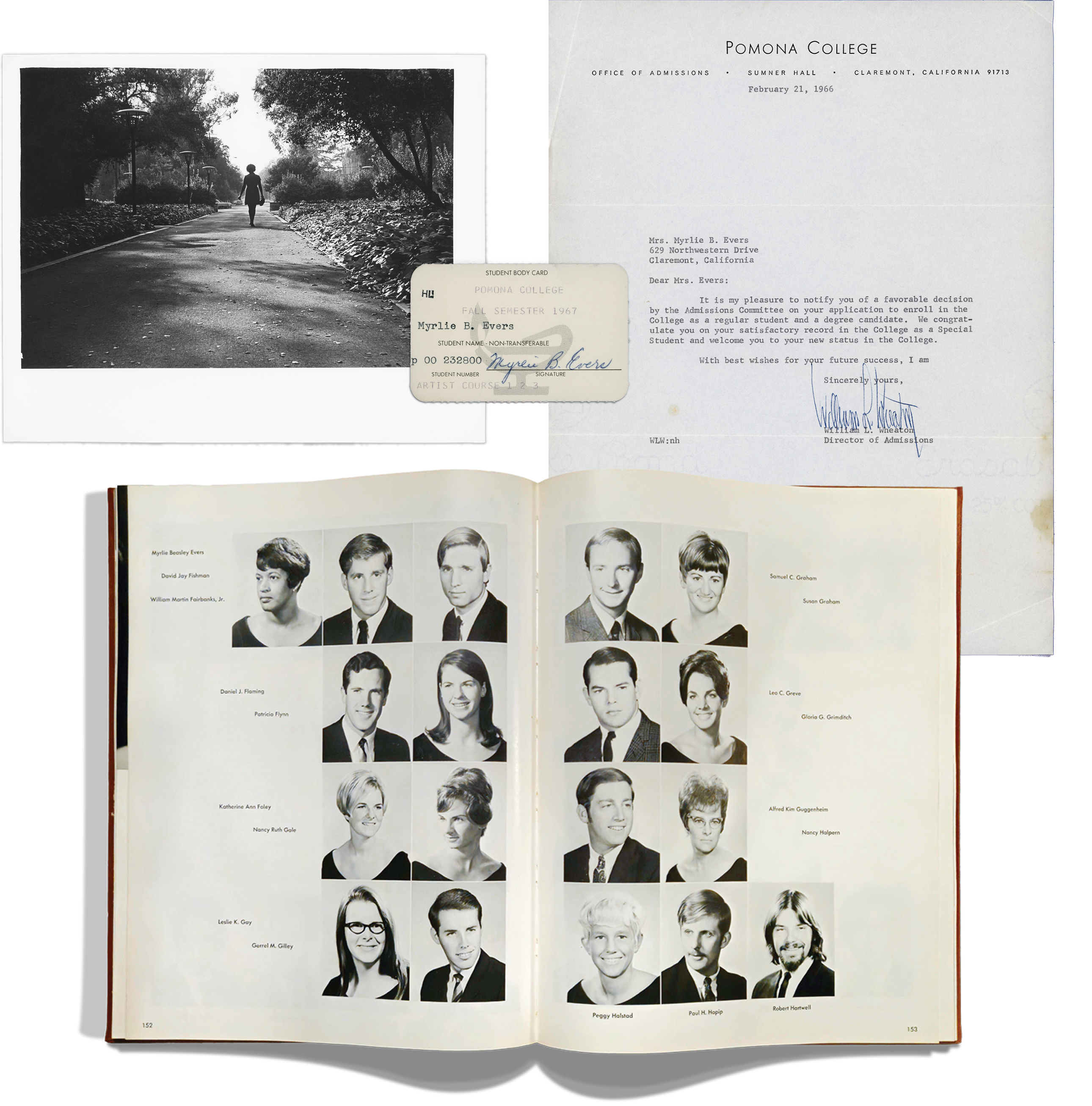
From left: Evers-Williams on the Pomona College campus, 1970. Evers-Williams’ identification card, fall 1967. Letter of change of status, Pomona College, 1966. Pomona College yearbook, The Metate, 1968 with photo of Evers-Williams, top left corner.
A Wife and Mother
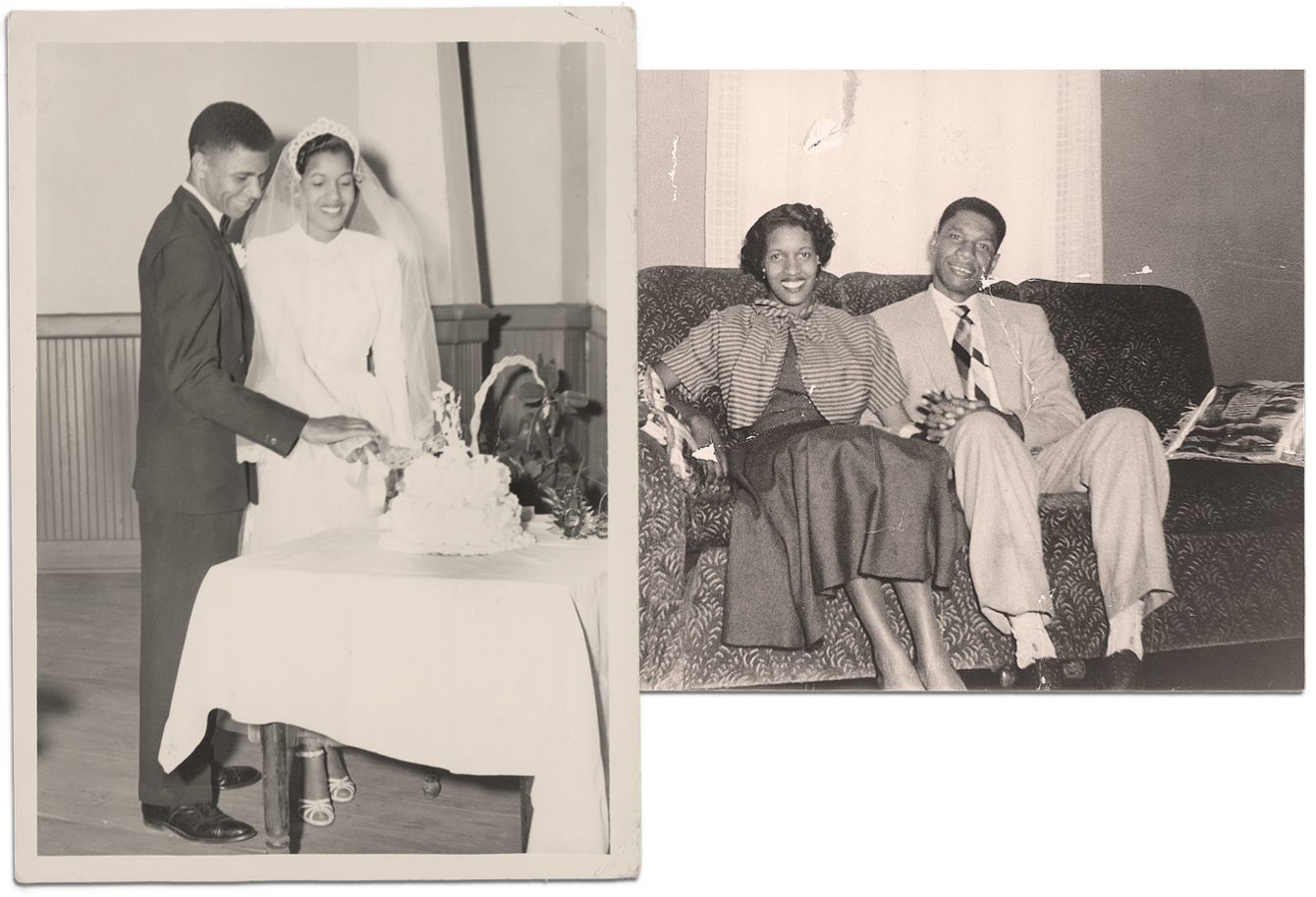
Left, Medgar and Myrlie Evers at their wedding reception, 1951. Right, Myrlie and Medgar Evers, early 1950s.
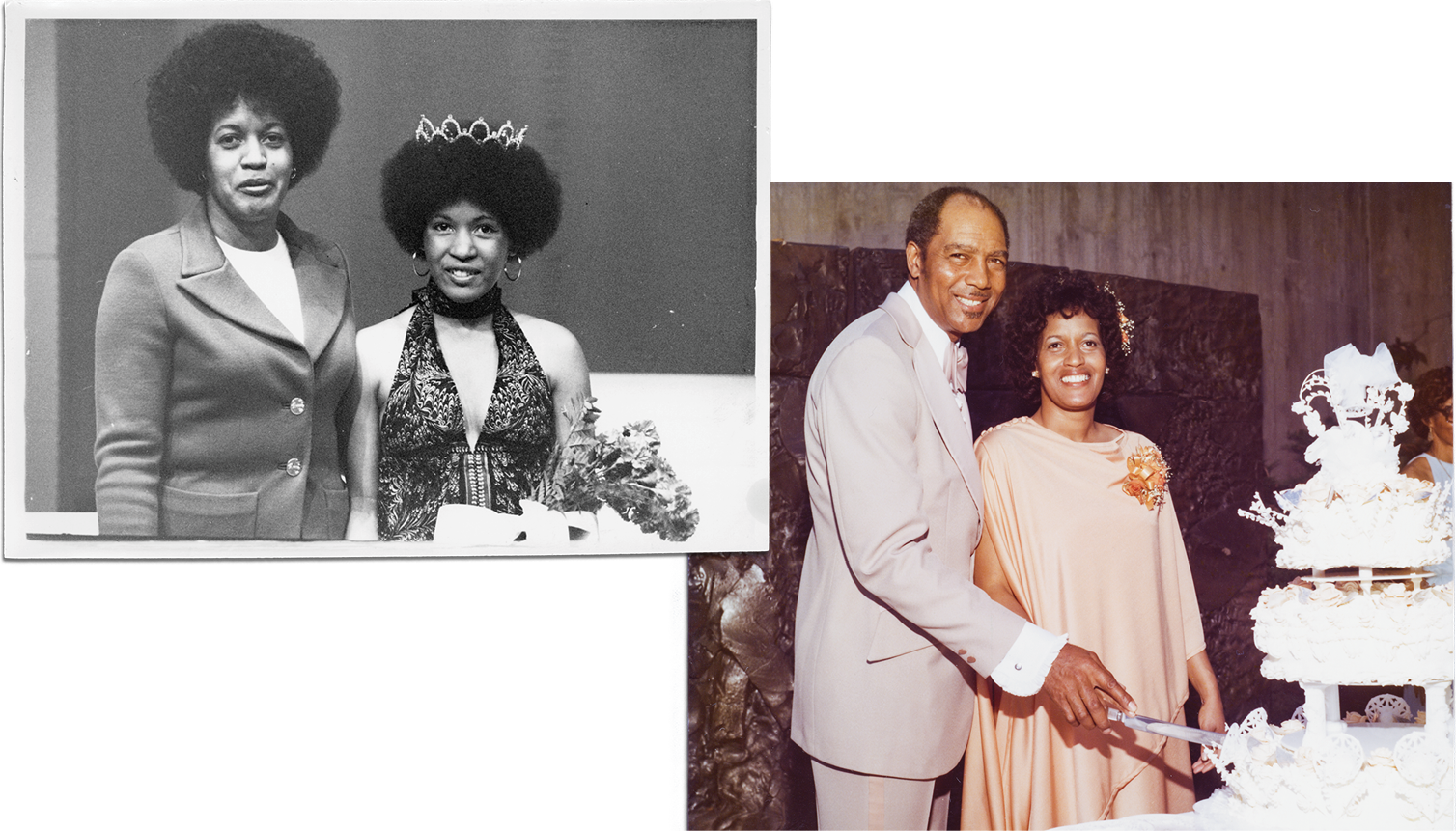
From left: Evers-Williams with daughter Reena, crowned “Miss Black Pearl” at Citrus College, April 1972. Evers-Williams with Walter Williams on their wedding day in 1976.
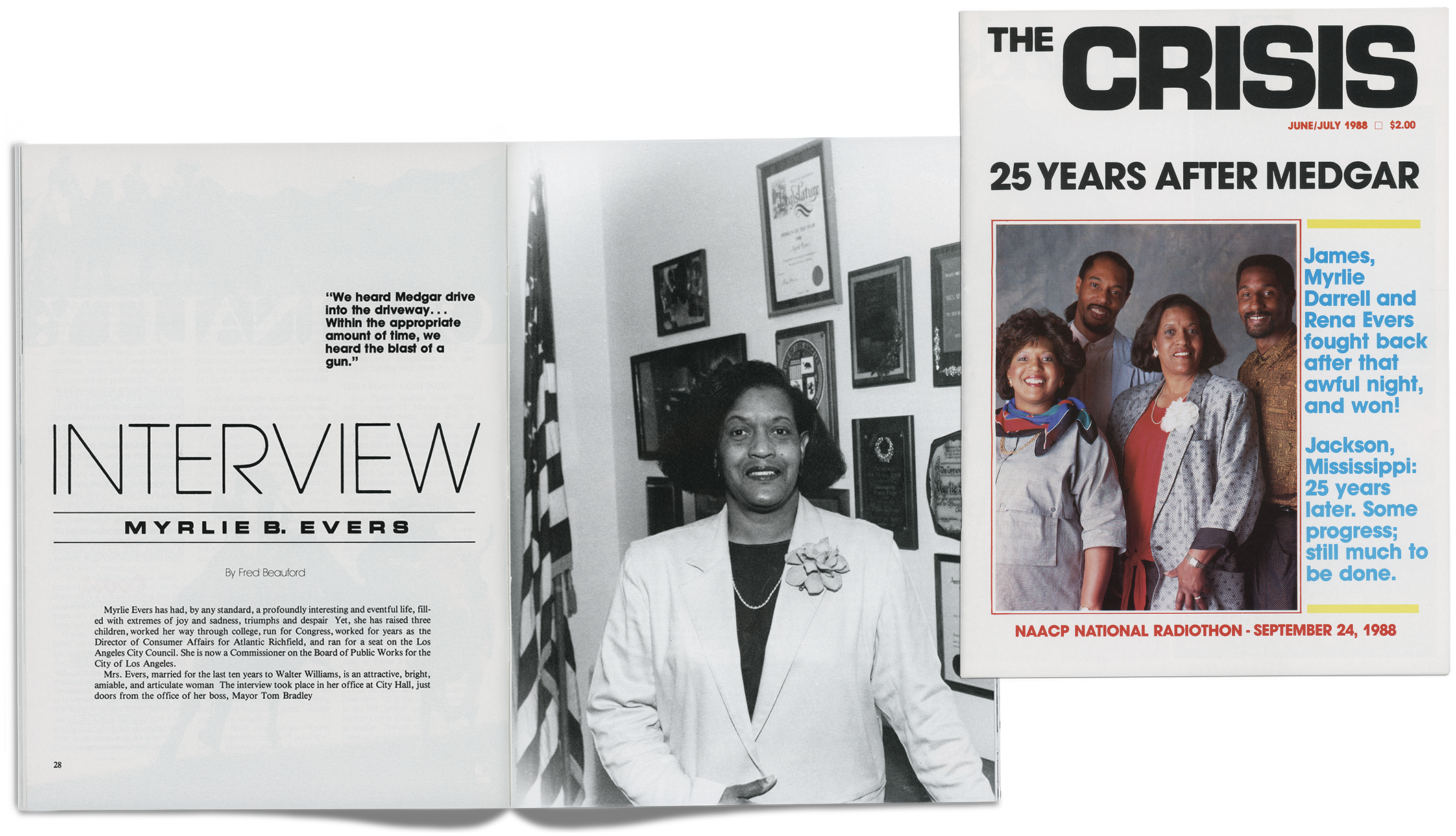
Crisis magazine, June/July 1988: Reena, Darrell, Evers-Williams and James on the 25th anniversary of Medgar Evers’ death.
A Civic Leader
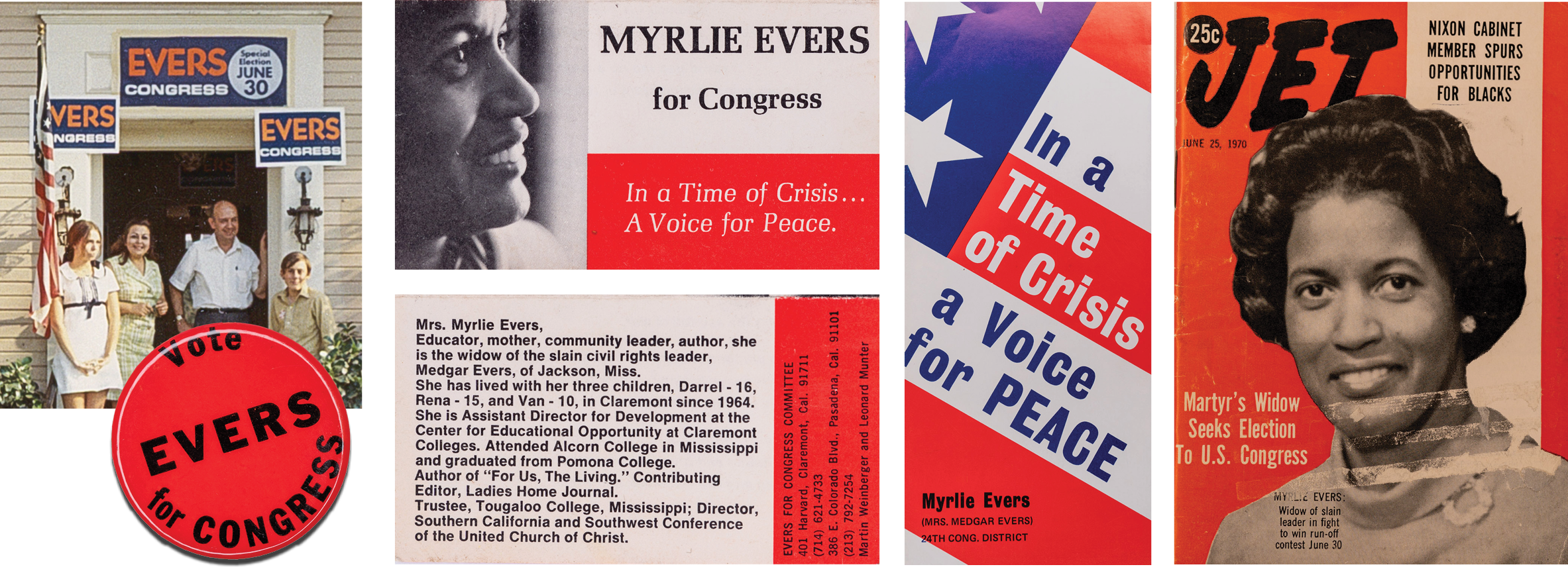
From left: Campaign literature and button from the 1970 bid Myrlie Evers made to represent her California district in the U.S. House of Representatives. She was defeated by Republican John H. Rousselot. Cover of Jet magazine featuring Myrlie Evers from June 1970.
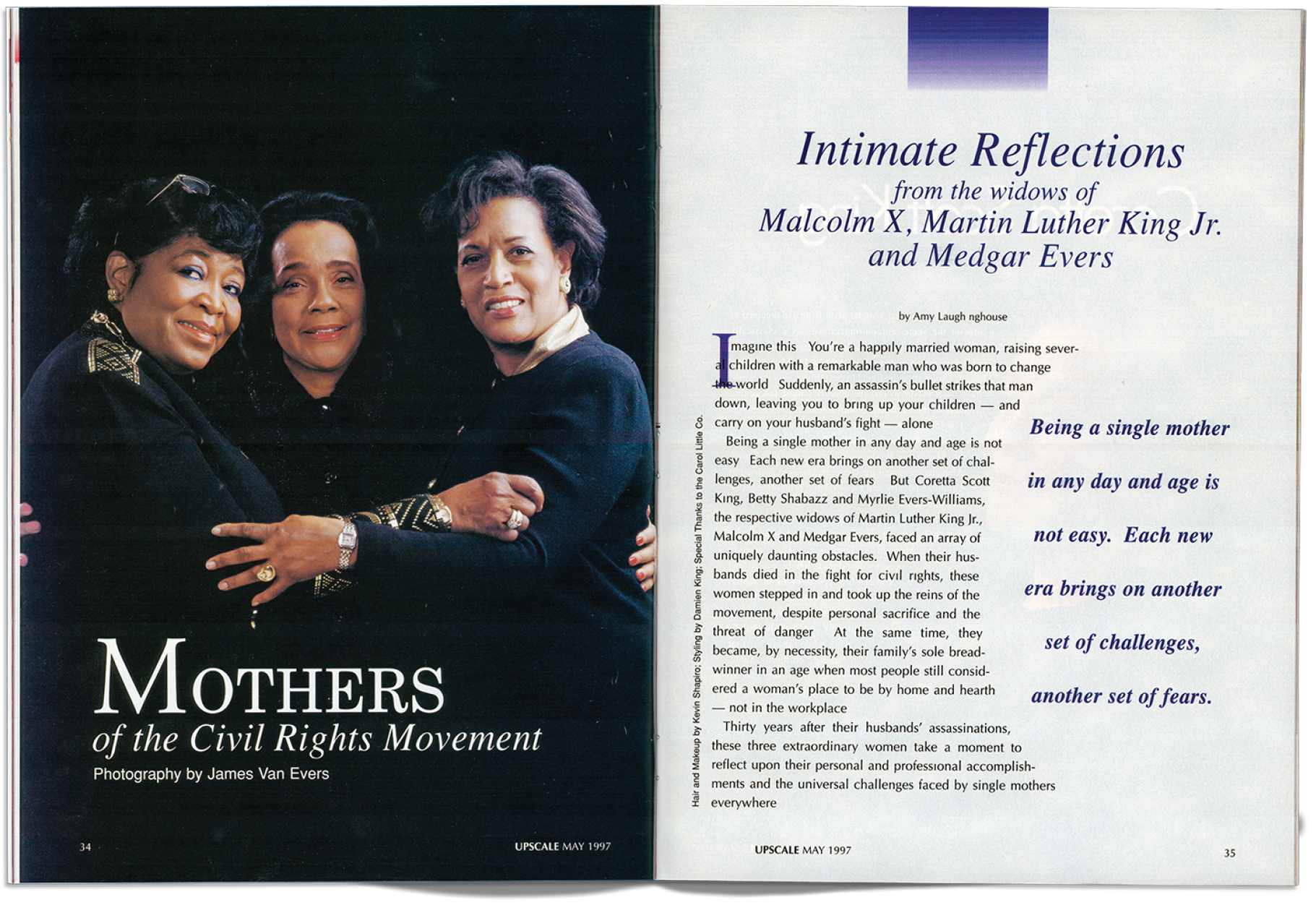
Portrait of Betty Shabazz, Coretta Scott King and Myrlie Evers-Williams, at right, taken by her son, photographer James Van Evers. Accompanies an article in Upscale magazine (May 1997) about the widows of assassinated civil rights leaders Malcolm X, Martin Luther King Jr. and Medgar Evers.
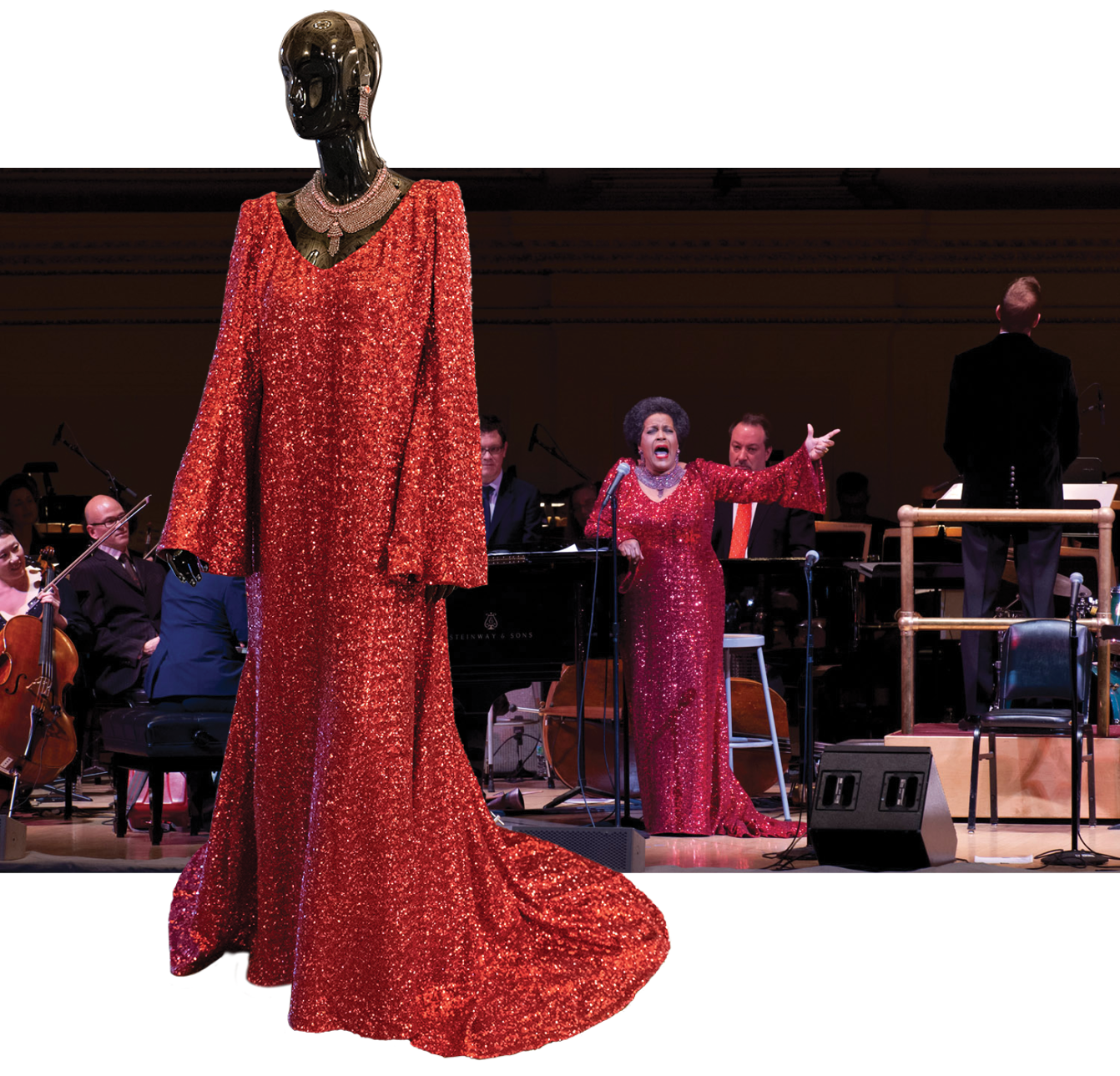
The dress Evers-Williams wore at Carnegie Hall in 2012 when she was invited to fulfill a lifelong dream by performing onstage there. Photo by Stefan Cohen.
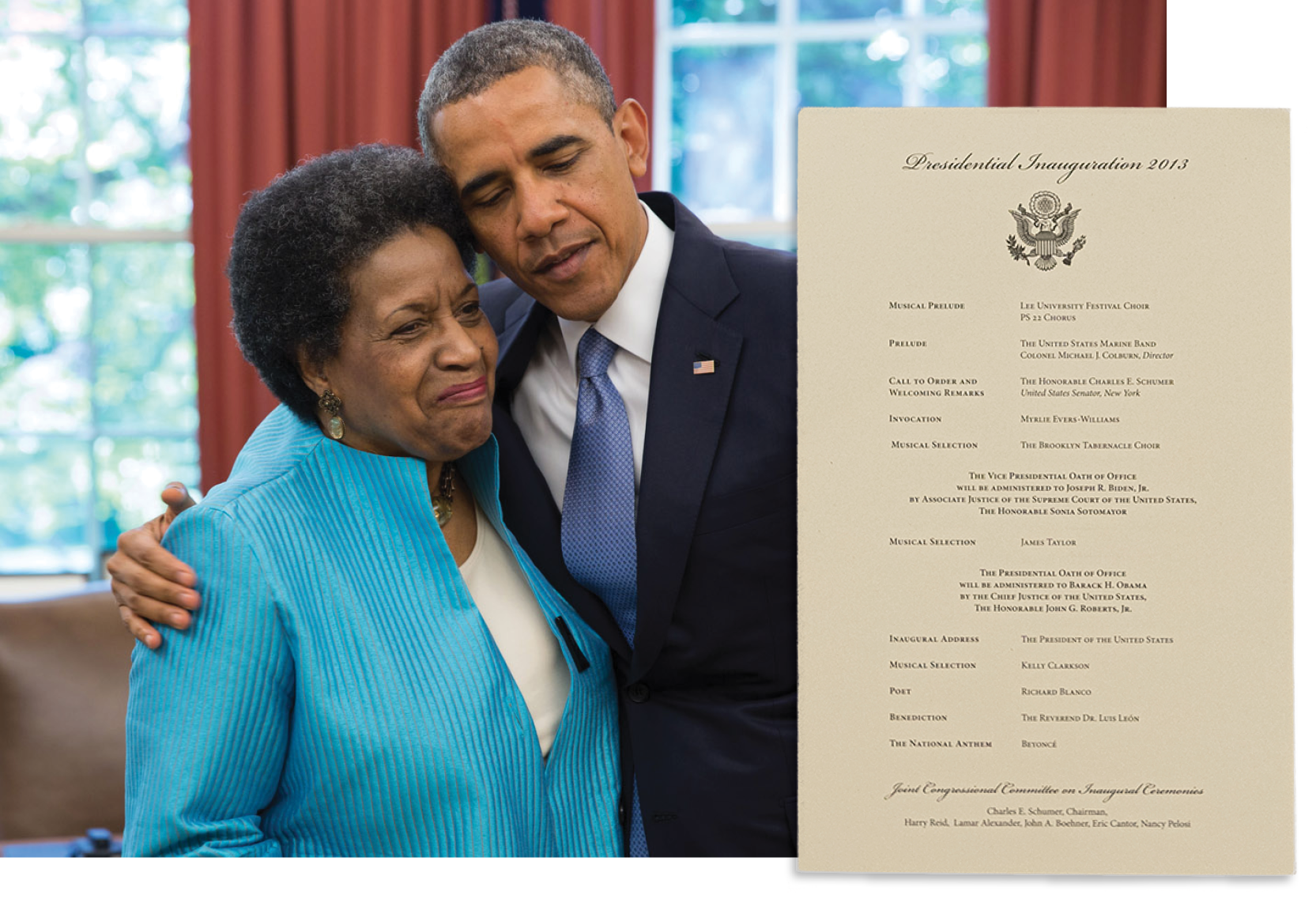
From left: President Barack Obama embraces Myrlie Evers-Williams during a visit in the Oval Office on June 4, 2013. The president met with the Evers family to commemorate the approaching 50th anniversary of Medgar Evers’ death. Photograph by Pete Souza, White House Photographs. The program from the second inauguration of President Obama in January 2013, at which Evers-Williams gave the invocation.

